Why The Musée D’Orsay Beats The Pants Off The Louvre
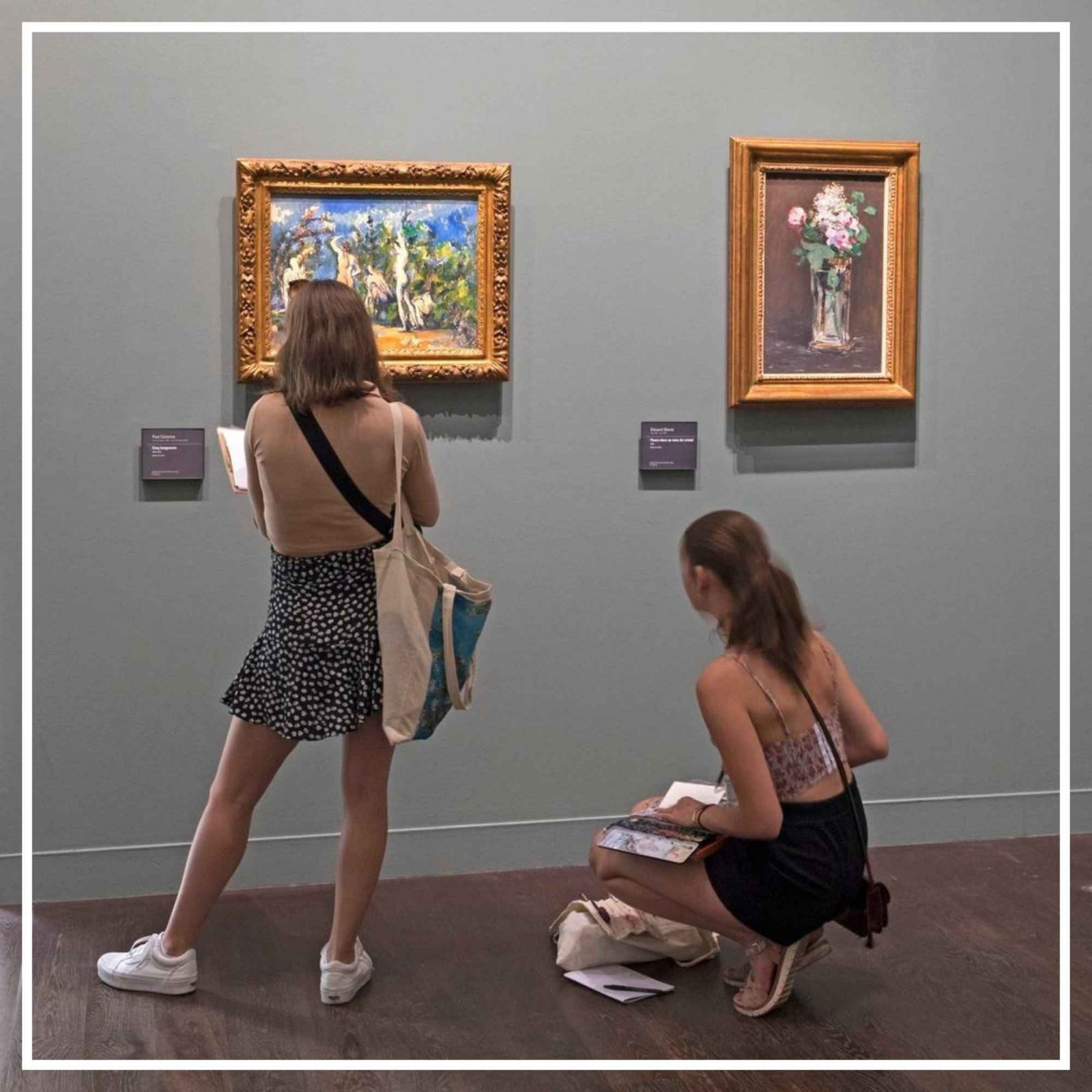
Chad Parkhill is a Melbourne-based cultural critic who writes about…
I’m going to make a bold call: if you’re in Paris for only a few days, and if you’re not an art historian, then you should skip the Louvre and head across the Seine to the Musée d’Orsay instead. Here’s why.
The Louvre is “compulsory” – and therefore overrated
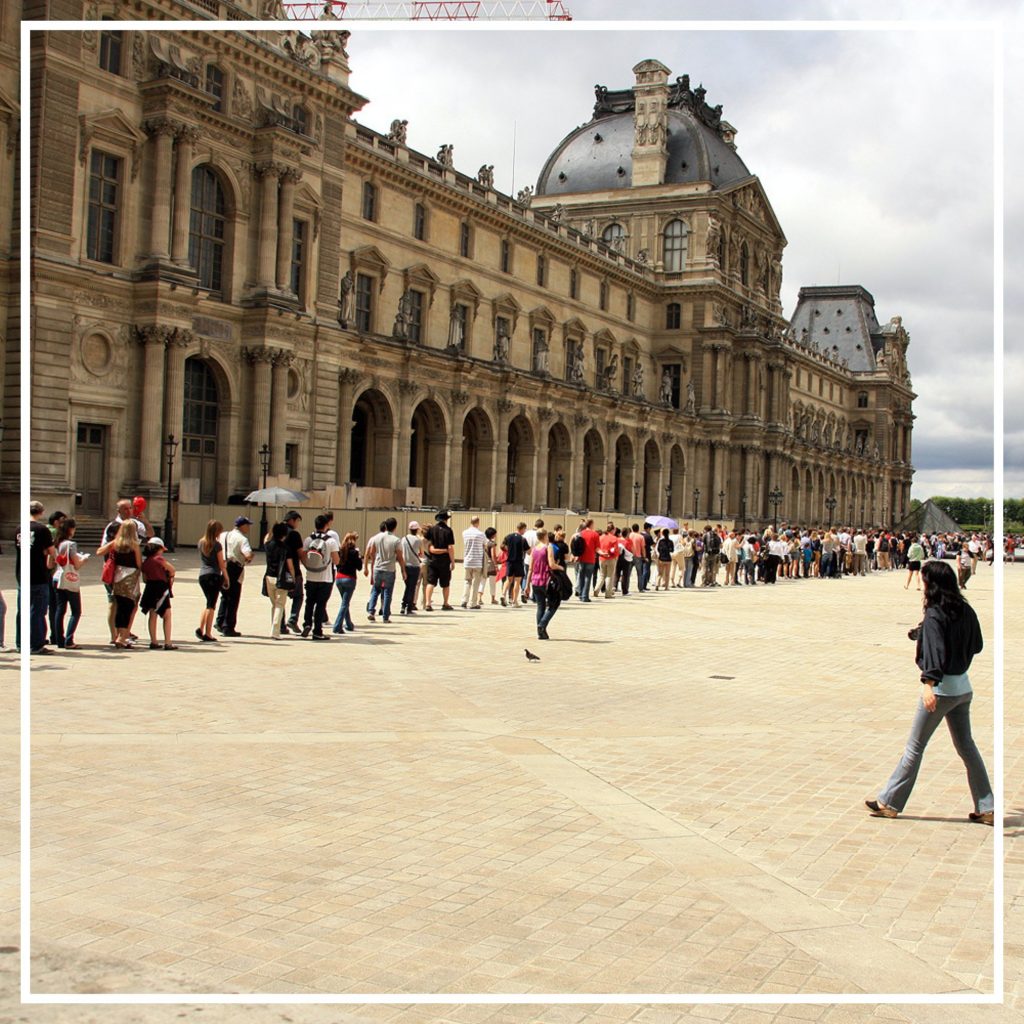
Like the Eiffel Tower and the Château de Versailles, the Louvre is one of the “don’t miss” destinations of Paris. Which means if you do go to Paris and skip the Louvre, friends and family will ask you what the heck you were thinking. But on a hot Parisian summer’s day, or during a freeing midwinter for that matter, the last place you want to be hanging out is in the epic queue for the Louvre. And I mean “epic” – the Louvre is the most-visited museum in the world, and not every one of the 9.6 million people who visit it annually can just breeze on in like they own the place. There are, of course, a few sneaky tricks to cut down that queue time – buying a ticket in advance from the nearest FNAC, for instance – but as more travellers invest in smartphones and ditch their vintage Fodor’s guides, those sneaky tricks become the new normal and you’re back to queueing again.
The Louvre is very big
If the queues don’t dissuade you, consider this: the Louvre contains over 35,000 objects exhibited over an area of 60,600 square meters. That’s a lot of art! Which is great if you have several days to spare, but if you want to squeeze it in to even a long 12-hour day you’ll need to look at approximately 48.6 items per minute – or just over one second per artwork. And that’s excluding the time you might take to queue, have lunch, or use the facilities.
The Mona Lisa is very small
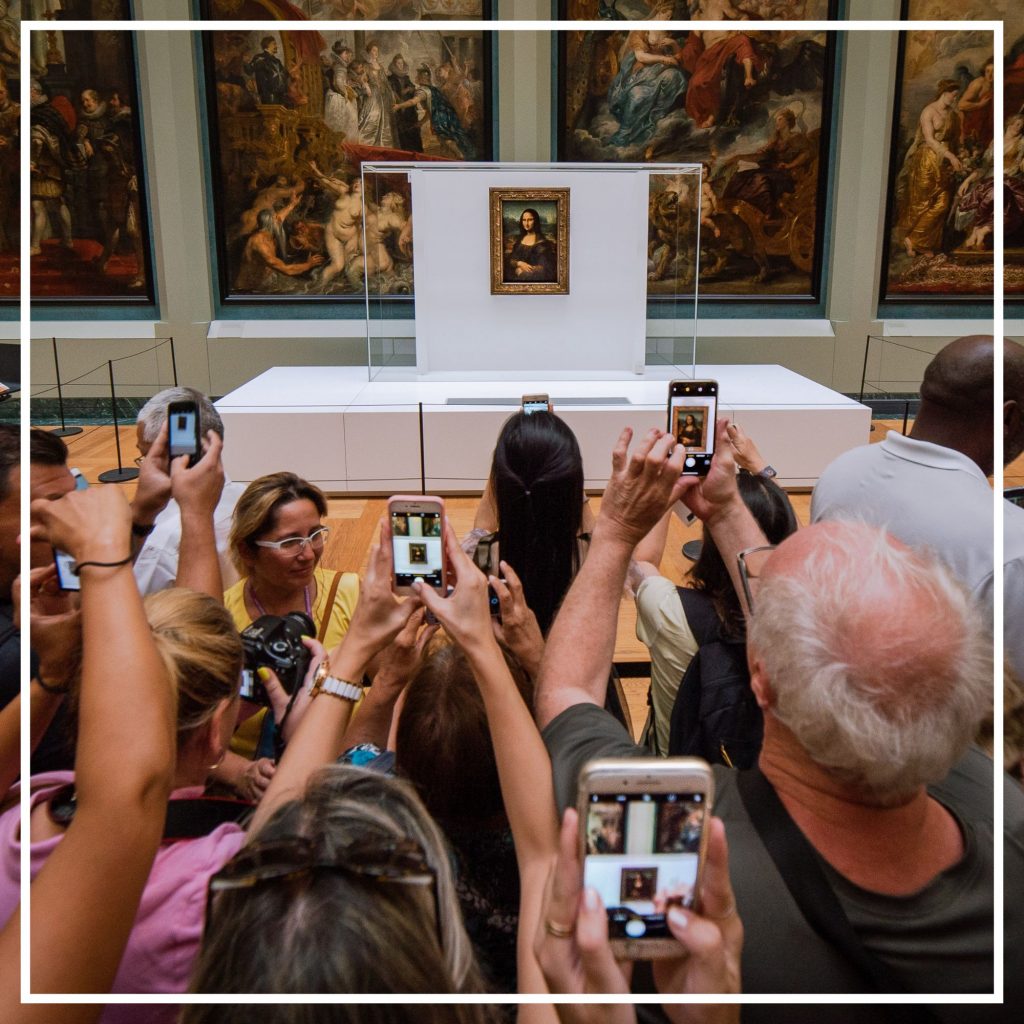
Of course, there are some excellent and famous works of art at the Louvre that aren’t the Mona Lisa – The Shepherds of Arcadia, The Bather, the very iconically French Liberty Leading the People, etc. But let’s be honest, the reason nearly everyone heads to the Louvre is either to ogle at the Mona Lisa or reenact key scenes from The Da Vinci Code. If you’re one of the former, the bad news is that the Mona Lisa is teeny-tiny – a mere 77cm high. Which wouldn’t be so bad if you could get anywhere near it to check it out, but good luck when the crowd on an average day looks like the one above.
The Musée d’Orsay is small – just the right size for a day

The Musée d’Orsay, just across the Seine from the Louvre, is housed in a former train station, which means it’s nice and compact. There’s around 2000 paintings and 600 sculptures and other works, which means if you dedicate a whole day to the endeavour you can spend a leisurely 15 seconds or so gazing lovingly at each object. You’ll want to gaze longingly, too, because …
The Musée d’Orsay is like a greatest hits compilation of recent western art

Ever wanted to see Manet’s Dejeuner sur l’herbe in the flesh? How about Monet’s Blue Waterlillies, Whistler’s Mother, Van Gogh’s Self-Portrait, Renoir’s Bal au moulin de la Galette, Montmartre, or Seurat’s Le cirque? You won’t find them in the Louvre, but they’re all within a short stroll of each other over in the Orsay, which houses the world’s largest collection of impressionist and post-impressionist masterpieces.
Paris was the dead centre of the art world in the late 19th and early 20th centuries, and all of the goodies from that period are kept at the Orsay rather than in the Louvre. There’s something particularly incredible about being able to tick off a long list of must-sees of western art in a single afternoon, with plenty of time left for a leisurely dinner. (Fans of Gauguin’s Tahitian period are in for a special treat – not only does the Orsay house many of his famous later works, but it does so in a dedicated room with a hand-carved entranceway by Gauguin himself.)
The queues aren’t too long, and the Orsay tell you when to come to avoid them
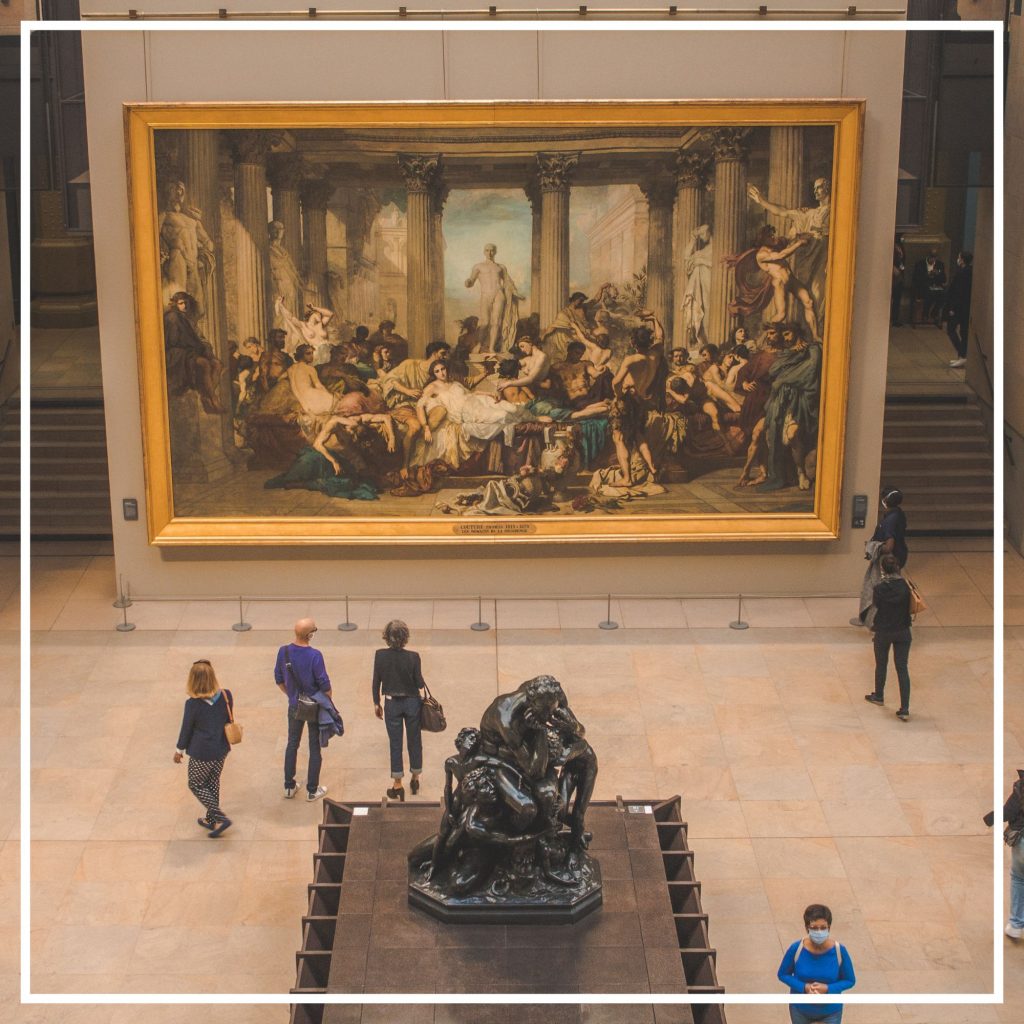
The Orsay isn’t exactly a well-kept secret – it’s France’s third-most visited gallery and the tenth-most visited gallery in the world. Despite this, the queues are pretty reasonable – about half an hour or so when I last visited, which was during the peak season. If you hate even the very thought of queues, you can buy your tickets ahead and visit on one of the less busy days for an even more pleasant museum experience. (How do you know what days are best to visit? The kind folks at the Orsay have put a guide online.)
The view from the top level is amazing
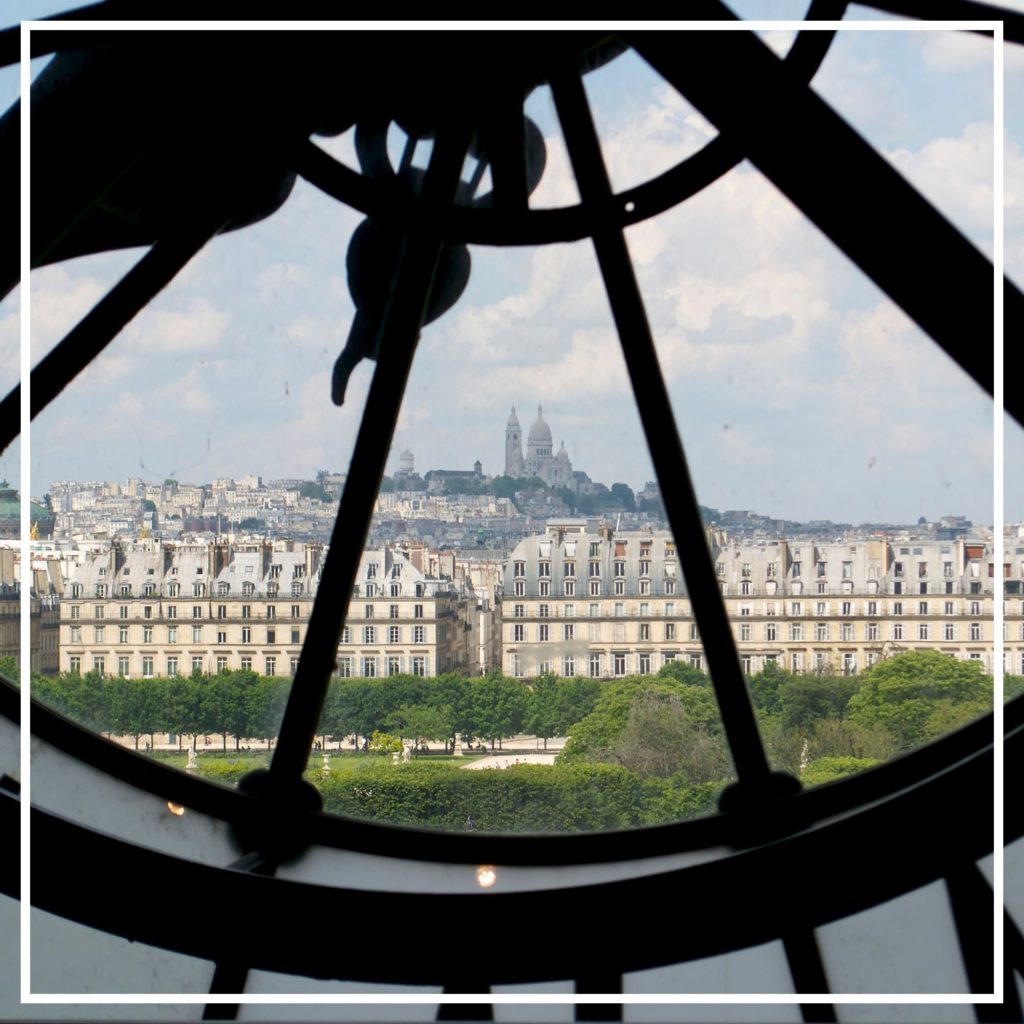
At the highest level of the Orsay you can not only encounter impressionist masterpieces, you also get a stunning view of the Seine, the Jardin des Tuileries, and the Place de la Concorde – as well as the Louvre’s famous pyramid and the queues of people lining up outside it for their chance to closely study the back of someone else’s head in the same room as the Mona Lisa. There’s even a café-restaurant up there in case you feel like toasting your cleverness in skipping the Louvre with a glass of France’s finest.
Of course, the Louvre is an incredible gallery, and if you have a few days to really soak it in and a passion for art, then it’s well worth adding to your itinerary. But if you’re only passing through Paris as part of a longer trip, or just want to spend as much time as possible lazing by the banks of the Seine with a glass of rosé and a stinky cheese in hand, then the Orsay is a much better way to get your high culture fix without the hassle.
This post was originally published on January 8th, 2015 and has since been updated.
Chad Parkhill is a Melbourne-based cultural critic who writes about sex, booze, music, history, and books – but not necessarily in that order. His work has appeared in The Australian, Junkee, Killings (the blog of Kill Your Darlings), The Lifted Brow, Meanjin, Overland, The Quietus, and Spook, amongst others. You can find his website here and his Twitter account here.








